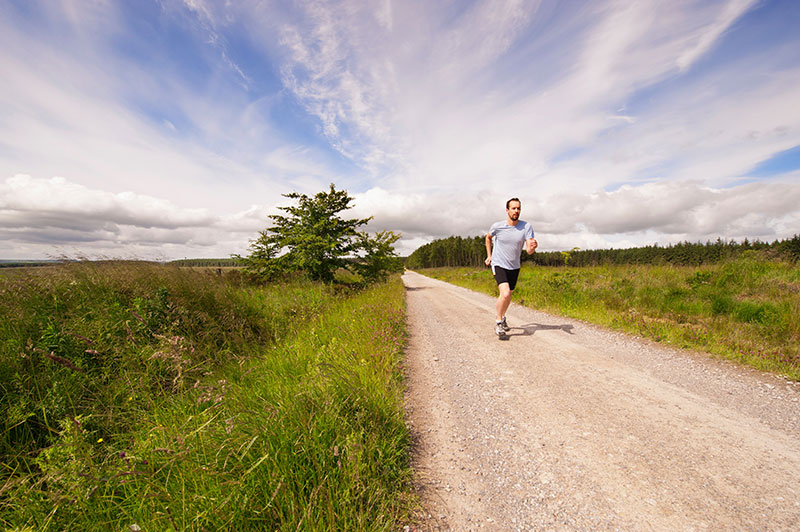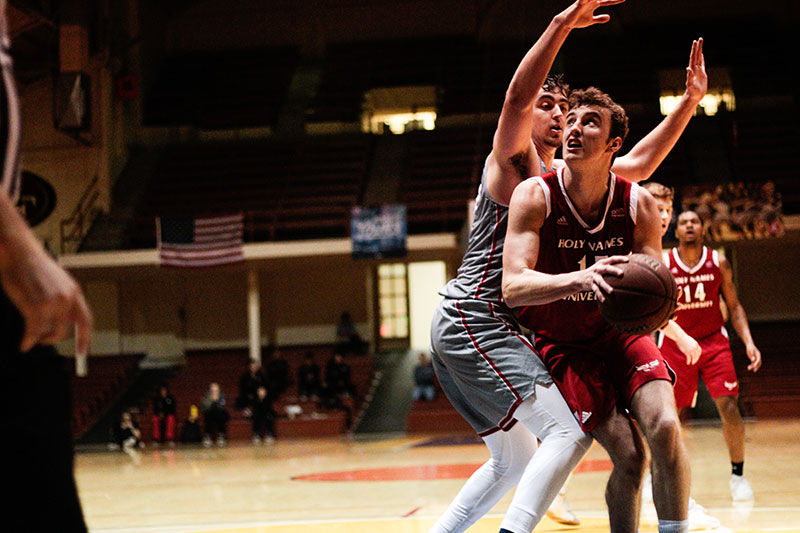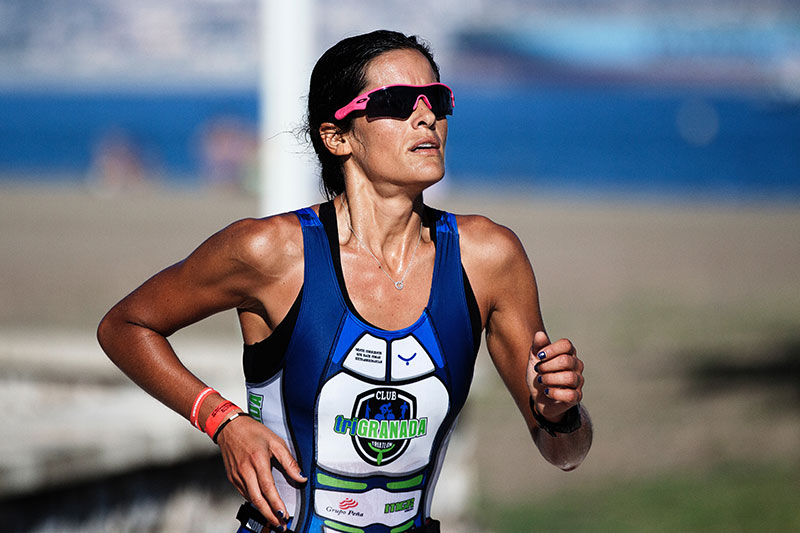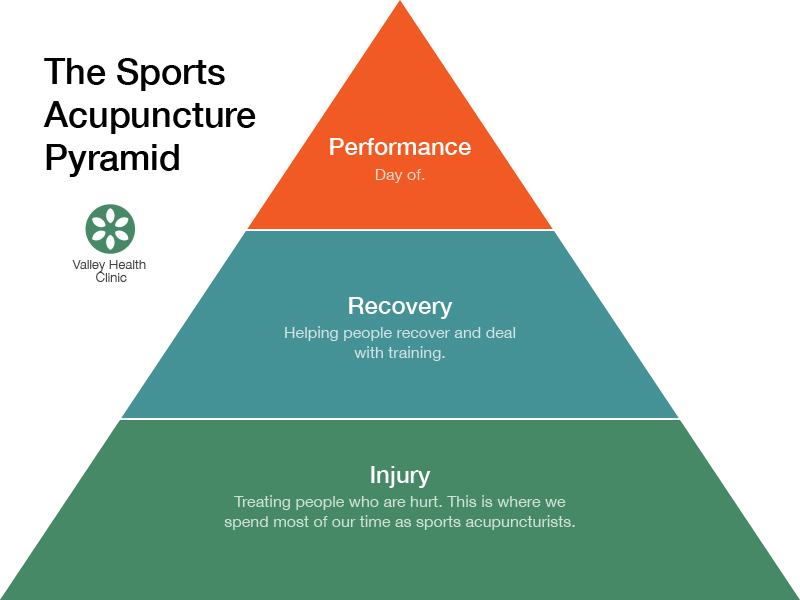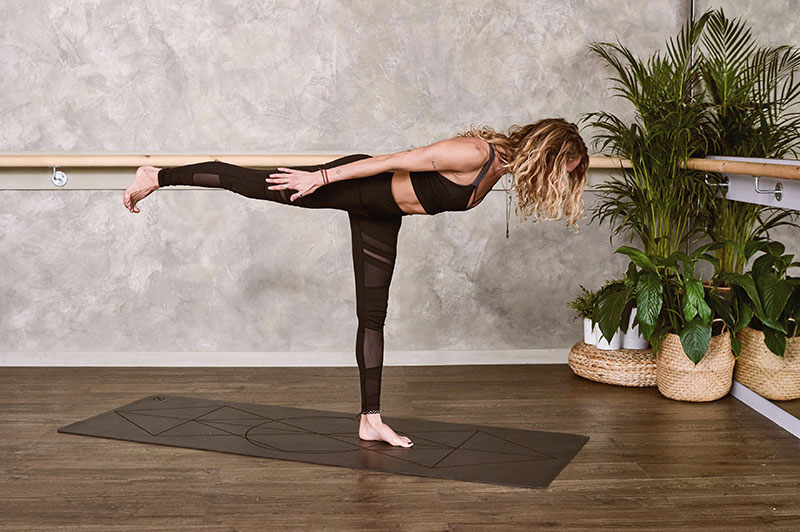
Strictly using our orthopedic acupuncture methods, we can quickly get a suffering athlete out of pain.
However, after that pain—what we do next—can make all the difference. After an athlete of ours has gone through treatment, they are at a vulnerable phase, and if not treated correctly can easily re-injure themselves.
At this point in treatment, their are not working optimally at 100 percent just yet, with their muscles “turned off”. Critically, these muscles need to go through yet another stage to get them back on again to function as effectively as possible.
Deeper Look at the Turn-Off Point
Before we find that on-switch, let’s look into what happens in the off-stage:
- Competitive Plasticity connects directly to the state the muscles are in. If the athlete is not able to perform a particular skill or use this set of neuronal connections at this point, their brains will re-purpose them to use for something
If your athlete has hurt him or herself, the brain will stop using that muscle and decrease range of motion to allow it to heal, which can explain why during an athlete’s ankle sprain, the joint’s movement is very limited.
- Damage to the Proprioceptive System may also cause the ‘turn off’ of the muscle. Proprioception is the term used to describe an athlete’s awareness of their body and its movement.
This ability in an athlete (or anyone else for that matter) can be hindered or impaired when that particular ligament or tendon in the joint is injured. Since the proprioceptors are generally located in this area, this can cause an unstable sensation in the joint.
If your athlete is suffering from an ankle sprain, the damage to the ligament’s neurotendinous spindle can cause even more problems ahh the origin and insertion point of the skeletal muscle fibers and tendons of the skeletal muscle—which will lead to the giving out of the joint.
Conclusive Data and Its Connection
This damage is not just a theory.
Through multiple studies, it was concluded that an alteration of proprioception occurs in patients or athletes who have ankle injuries or unstable ankles. The have found that impairment in the proprioception can lead up the kinetic change from ankles to knees, hips, and lower backs.
This weakness and turn-off point can be treated through orthopedic techniques. However, just as will be explained in this article, the distal methods or press tacks are often found to be much more effective.
What Are Press Needles?
These intra-dermal needles can help make that relationship work between acupuncture treatment and exercise all at once. While the patient or athlete may be having trouble with a particular movement or exercise, press needles can be implemented to help with the mild pain or lack of proprioceptive awareness.
Although press tacks increase skin sensitivity, which can supplement feedback and improve it’s important to note, however, that it has been proven to successfully work only in people that have a dysfunction.
When Are They Effective?
With an athlete’s busy schedule, it’s hard to find the time to lay on the table for traditional style treatment. However, with the combination of press tacks, tape, and other aids, you can get them game-ready without hindering performance whatsoever.
How Do They Work?
By implementing the insertion of the press needles during exercise at specific points, the proprioceptive system of the athlete will have added input. This can help remove all the type of obstructions that may be occurring at different channels which leads to discomfort.
While using the press needles, you need to also be aware of the patient’s level of discomfort or pain. If they are experiencing too much, it’s normally a sign that the exercise is too difficult or painful for the injury.
The needles are also responsible for improving the movement of qi and blood in the jing luo. It has a direct impact on movement patterns.
A Deeper Look
In understanding the functional role of proprioception, it is crucial to be able to distinguish this proprioception from the athlete’s tactile senses.
The tactile senses are information drawn from the skin’s mechanoreceptors. The information being sent off can include pain, temperature, and movement, helping the become much more aware of their surroundings.
The need to distinguish between this and proprioception is important—and also very difficult to do. The concepts are very similar to one another because both of them contribute to the movement of a person, his or her accuracy in that movements, consistency, and force adjustment in their power.
They are even more connected because tactile feedback actually is used in proprioceptive feedback—through augmentation of estimating movement distances—which makes them even more intertwined.
Regardless of their similarities, however, it is important to note that there is a distinct difference in two organs: proprioceptors and mechanoreceptors.
Making The Comparison
The two organs, in these functions, seem to work as allies.
The propriocetors are the primary source of information. They are found in the tendon ligaments, joint capsules, and the muscles.
The mechanoreceptors secondary source of this necessary data for your body can be found through the deep skin fascia layers and the skin’s tactile sensation.
While making the comparison, you cannot avoid the impacting role the location of the muscle and joint plays on the body. The relationship between proprioceptive perceptions also tends to differ depending on the area of the body.
For example, highly ligamentous and sensitive skin of the hand will use a different proportion and magnitude of proprioceptive input than an area like the hip will.
The areas of the ligament, joint capsules, and skin also receive the most input while they are stretched to the end of their individual range of motion, where tension is rather high.
The muscles spindles, on the other hand, are measured equally across the entire range of motion.
Implementation in Our Practice
If you want to improve the proprioceptive system, you have two ways
- Enhance sensitivity of the proprioceptors
- Enhance neurophysiological efficiency of signal conversion and transmission.
In other words, we can either increase the signal or find a way to make the path more effective.
Our ultimate goal being to overcome our central nervous system limited attention capacity. To move away from motor and movement skills and into cognitive demands like anticipating movements. Through treatment, your patient or athlete will also spend much less energy on the actual motion in their body and can use it to evaluate the playing field.
This can help an athlete anticipate injury (before it happens) because they are then much more observant and aware of their surroundings during play and less on what they are physically doing.
Boosting the signal, increase the muscle stiffness which increases ligament and tendon output or skin sensitivity with press tacks and tape. To help improve the pathway, we simply need to use the neural pathways with practice.
A closer look:
-
The Signal
Patients or athletes who generally have good proprioception do not tend to benefit from patellar taping. However, when taking a closer look at the healthy subjects with poor proprioceptive ability, patellar taping actually provided proprioceptive enhancement as measured through active and passive ankle reproduction.
Although further studies are needed to investigate the effect of patellar taping on the proprioceptive status of patients with patellofemoral pain syndrome, the data thus far is deemed promising.
Contrary to popular belief, a balance training strategy does not improve proprioception. It instead focuses on the Central Nervous System’s ability to control neuromuscular and musculoskeletal factors. It improve the muscle and skill of balancing.
Done correctly, balance training is deemed crucial in patients who need to control slow to moderately fast, conscious and reactive movements in a closed loop. A single leg stance can be improved greatly through this type of training.
Unfortunately, balance training will not help with postural reflex against an unexpected disturbance since it simply isn’t fast enough.
For example, during an impact movement like running, an athlete’s ground reaction force will happen within less than the first 50 milliseconds. Although this seems extremely fast, it is a large enough span of time for the ankle to invert at a dangerous angle and cause injury.
The balance or proprioceptive system reacts at a slow rate of 100 milliseconds in response to external imbalances. There is no way that a healthy system can respond in time to prevent this sort of injury. This is why for performance and injury prevention we need athletes increase focus on enviromental factors.
-
The Pathway
If you are working a healthy individual, a much better strategy is simply to focus on the presentation of that injurious joint position instead of the aftermath reaction from the proprioceptive system.
This anticipatory present of correct joint alignment and protective muscle stiffness is the correct strategy in this situation.
A deeper look in the strategy would focus instead on teaching proper body mechanics and movement patterns to the athlete while in motion. This little details—like proper body alignment—will help in transferring the athlete’s center of gravity and weight down to the hip, knee, and ankle. This is important for safety during direction change while running.
In addition to balance training, plyometrics can also be used, which helps train the neuromuscular system to hold proper muscle tension—in the stretch-shortening cycle—and with body mechanics.
Avoiding Athlete Joint Injuries
To help an athlete avoid getting injured, we, as professionals, need to establish adequate motor behavior in our patient.
We can do this through two theories:
- The Motor Program-based Theory: This is a Top Down theory. In this theory, the CNS will store motor programs and be trained to retrieve them when necessary. With this method training is often through repetition.
- The Dynamic Pattern Theory: this is a Bottom up theory. In this theory, movement coordination is instantly controlled based on the information that is relayed in the environment. Here we can emphasize the interaction between the patient and his or her CNS reaction to the environment. With this training method use balance beams, resistance bands or obstacles .This sort of sensory information force a learning response.
For an effective training program, you should really have both theories integrated within. It should involve repetition of skills, improving memory-based motor functions, and changing of the sensory environment, which can help stimulate dynamic patterning.
Treating An Athlete’s Injury
For an effective treatment program post-injury, balance training not only improves balance after the injury occurs but can also reduce the rate of repetitive injury from happening.
If your athlete or patient cannot find balance or incorporate a stable structure into their movement while not moving—during movement will be that much harder.
A Closer Look At Balance
Balance is achieved and maintained by a complex set of Peripheral Receptors.
These include sensory input from a few things, including:
- Vision (sight)
- Somatosensory (touch)
- Vestibular System (motion)
This means that a balance program can affect a few very important concepts in an athlete’s performance.
When taking an even closer look at balance, you will find that an athlete’s ankles, toes, wrists, and fingers are the most active and dominate muscles commonly used. Within these joints, there are multiple articulating structures that allow for small adjustments throughout movement.
An athlete’s core is also very active during balance exercises but is only focusing on stability during more gross movements.
A Closer Look At Balance Programs
While going through the balance program, the exercise can progress as the athlete or patient improves through:
- Eyes open, which allows for the three systems to function.
- Eyes closed, which allows for the two systems—touch and motion—to function.
- Eyes closed with head movement, which allows for one system—touch—to function.
For beginners, exercises should be performed successfully first with their eyes open, then again with their eyes closed. If the exercise cannot be done with their eyes open, it is advised to not progress on to the next step.
Head motion should only be used for advanced athletes.
For a quality exercise program, progression should start from the core, then head to the knees and elbows—activating the shoulder and hips—then the hands and feet—which should then activate the forearm and calves.
Training Healthy Athletes
Working with a healthy athlete can lead to a whole new challenge.
Although balance training can fix broken proprioception or help improve unstable back and ankles in athletes, it does not improve the proprioceptive system in healthy patients.
This means that a healthy athlete will get very little out of traditional balance training when simply looking into injury prevention.
Instead, look into creating an ideal learning environment for the CNS.
This means that an exercise program should distinctively train different motor skills with adequately changing task goals and visual environment.
This training should help a healthy athlete’s CNS overcome its limited attentional capacity by adequately imposing multiple task demands.
A Closer Look
Researchers suggest that skill-focused attention is important during the initial stage of motor learning, but then becomes counterproductive for the experienced individual.
Researches have also noted that multiple task training—for example, motor and cognitive demands—were more effective for performance developments of experienced athletes.
After athletes have perfected a movement or skill, the limiting factor to advancement is how quickly they can interpret their environment. Can they read their opponent while playing? Can they look down the field for an opening or weakness while still moving?
This is focused on the concept of cognitive demands.
 Willard Sheppy is a writer and healthcare practitioner who seamlessly melds scientific knowledge with practical applications in engaging and authoritative articles. He holds a Bachelor of Science in Environmental Science from Oregon State University and a Master’s in Acupuncture and Oriental Medicine from the distinguished Oregon College of Oriental Medicine.
Willard Sheppy is a writer and healthcare practitioner who seamlessly melds scientific knowledge with practical applications in engaging and authoritative articles. He holds a Bachelor of Science in Environmental Science from Oregon State University and a Master’s in Acupuncture and Oriental Medicine from the distinguished Oregon College of Oriental Medicine.